It is with a heavy heart that I bade farewell to my fellow Australian counterparts amidst the bustling streets of Harajuku. As usual, all good things must come to an end, and alas, it was time for the curtains to close on the Nanotech study tour 2020.
Through the past week, I’ve had tons of fun exploring the multiple facets of nanotechnology, finding out new things about Japanese culture, and most importantly, meeting new friends along the way. As I packed my bags and headed to the airport, I was wrought with this lingering sense of regret of wanting to do more with my time here in Japan. The calming landscape of suburban Tokyo along the monorail to Haneda elicited bittersweet, melancholic emotions as I reflected upon my time spent here in this foreign land.
Looking back, I came into this study tour not knowing what to expect. Were the Australians going to be friendly? Or are they going to eat me alive? Will the Japanese people secretly hate me for unintentionally doing something rude? Can I keep up with the pace of the study tour? Strange questions like these perfused through my mind in the days and weeks leading up to the tour. Getting out of my comfort zone to explore is not exactly something new to me, but it is also not something I will ever get used to. The anxiousness that filled my heart, however, was mostly unfounded. In a blink of an eye, the tour has ended.
“What did I accomplish?” I constantly asked myself at the end of every single day. On the plane ride back to Singapore, I mentally collected my answers to this question. Classifying the frequency of and fondness I had toward each answer, I came to a satisfying conclusion that I have accomplished nothing. I have accomplished nothing precisely because it is not me and me alone who has constructed these beautiful memories I have of Japan. It is and always has been, more often than not, the collective effort of everyone around me which makes my experience enjoyable. The lab visits were interesting not because I found each project or each topic to be intriguing. Instead, it was the immense passion and drive each presenter had in their project that makes the sharing of their work an enthralling affair. Likewise, as an introvert in a group of relatively outgoing Australians, being roped into their escapades made for an exhilarating journey that I would otherwise never have experienced. With so many bright, talented, and fun people around me, I am truly fortunate to have been part of this study tour.
Thus concludes my retrospection of days past. Now that I’m back in Singapore (read: reality), the endless troughs of work beckon. With this, it is finally time to say farewell. Till we meet again, fellow reader!
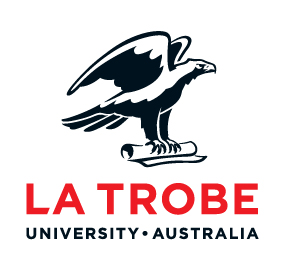


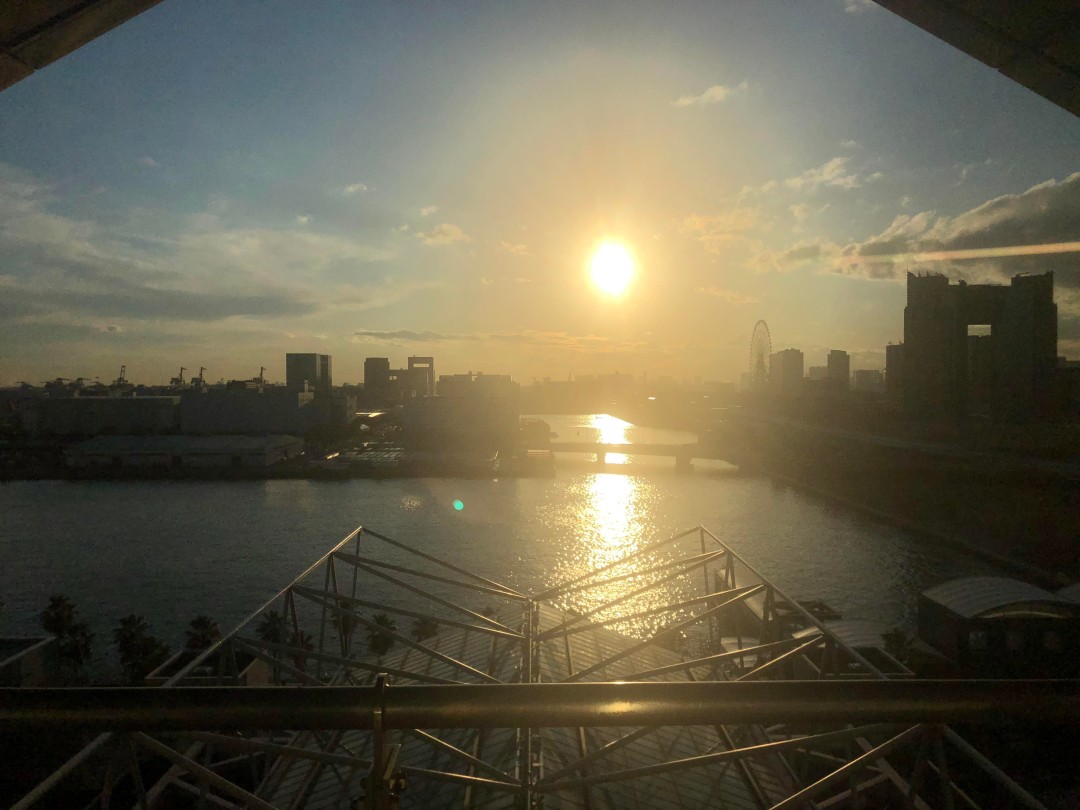

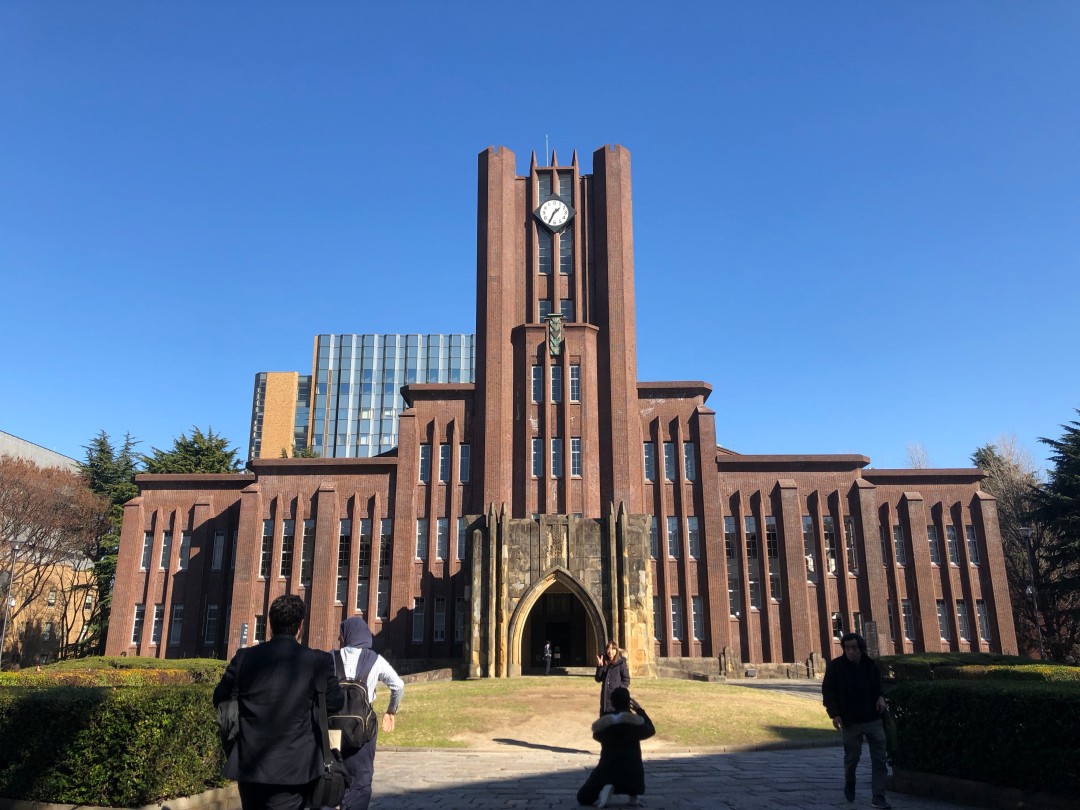
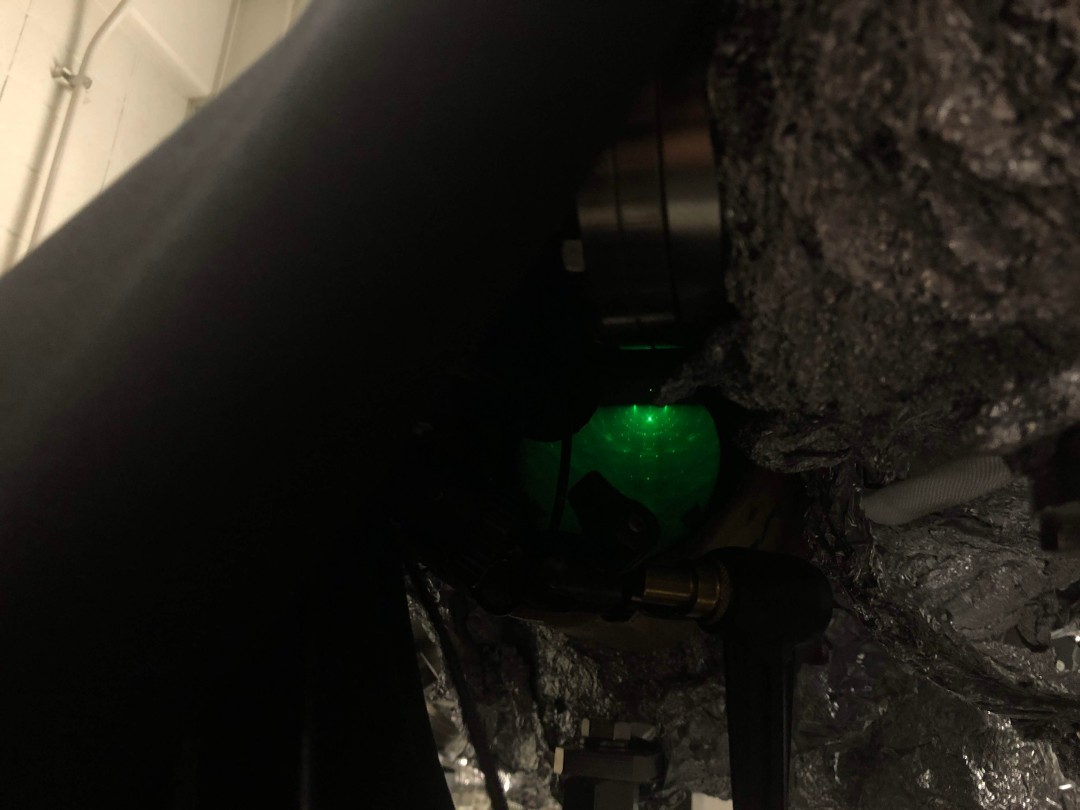
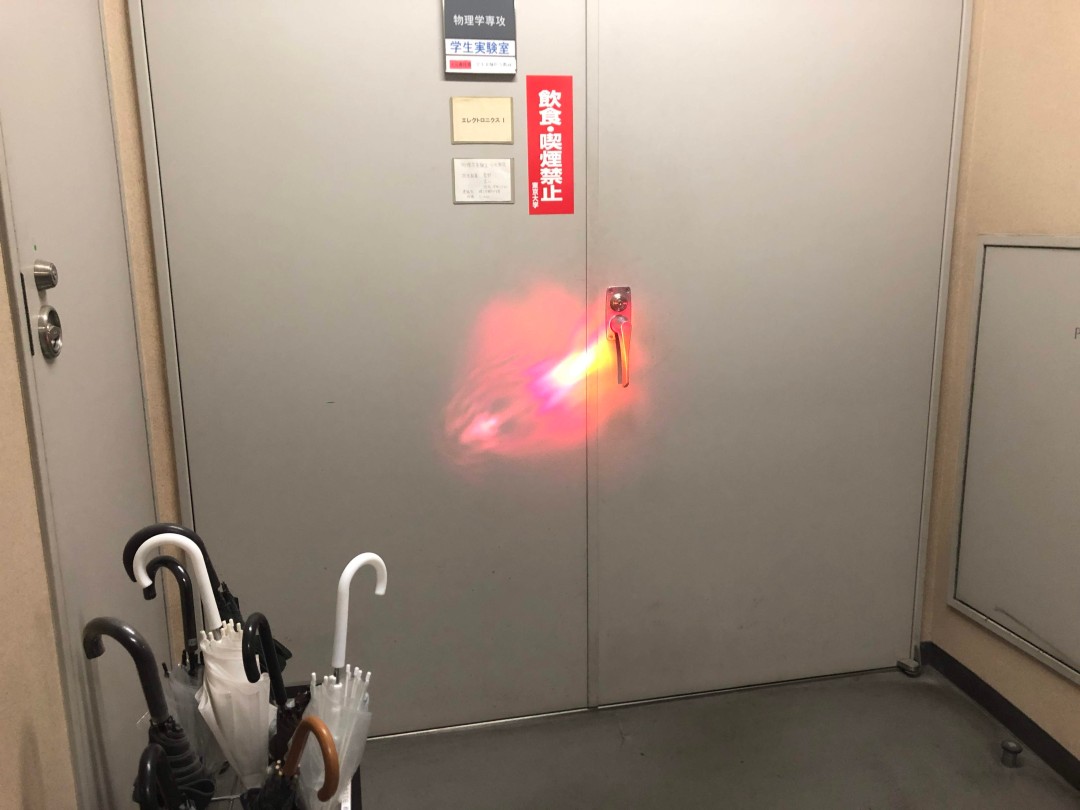
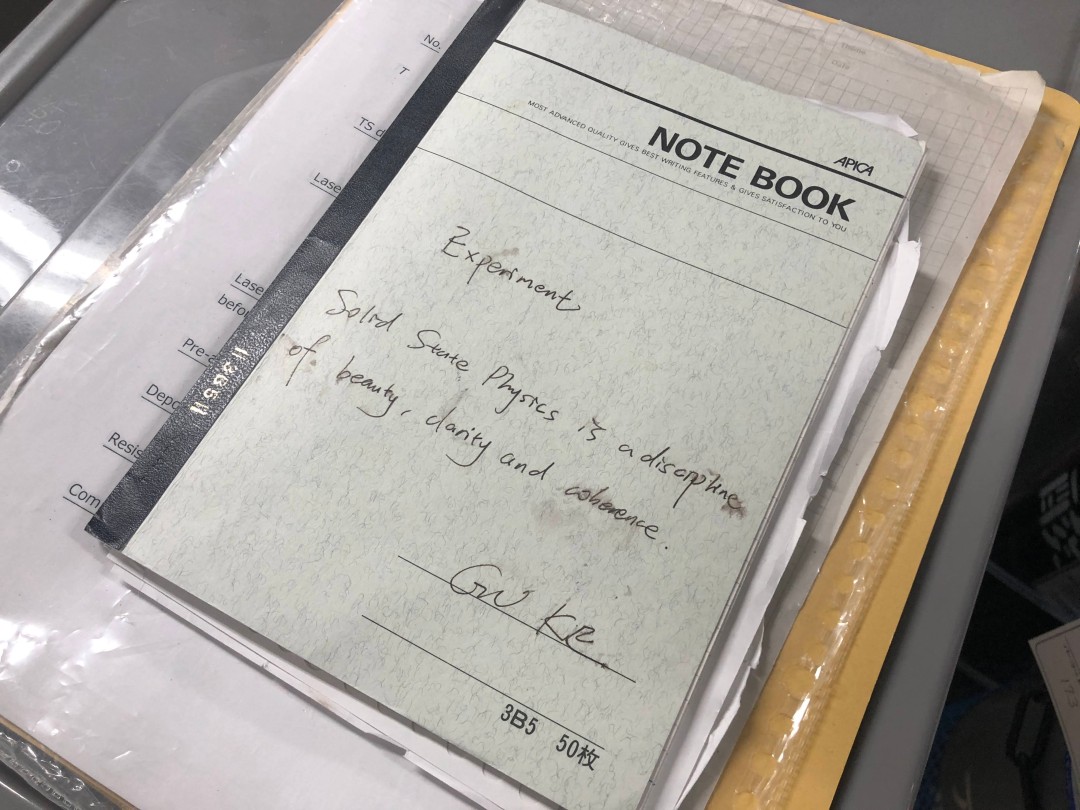

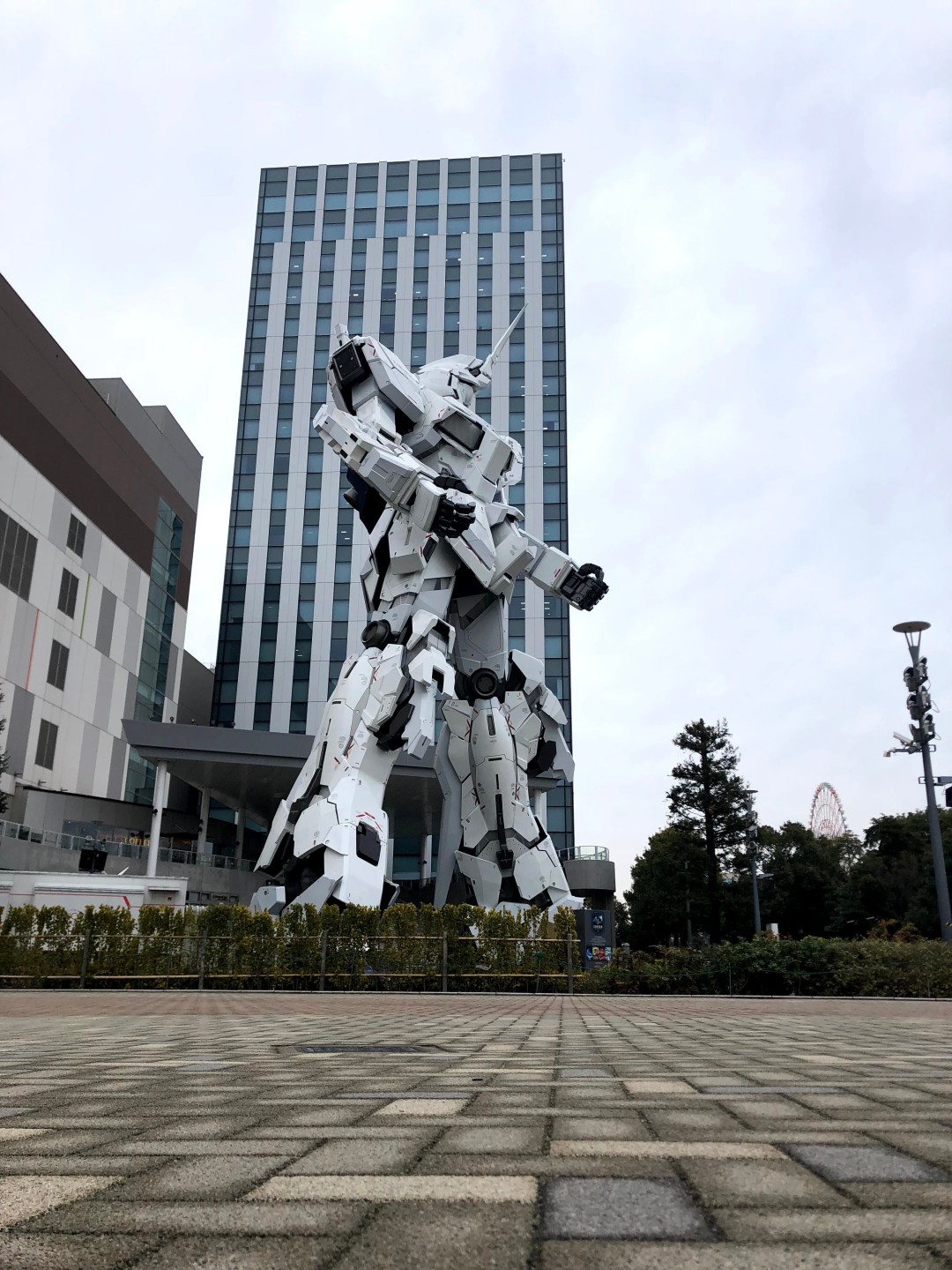
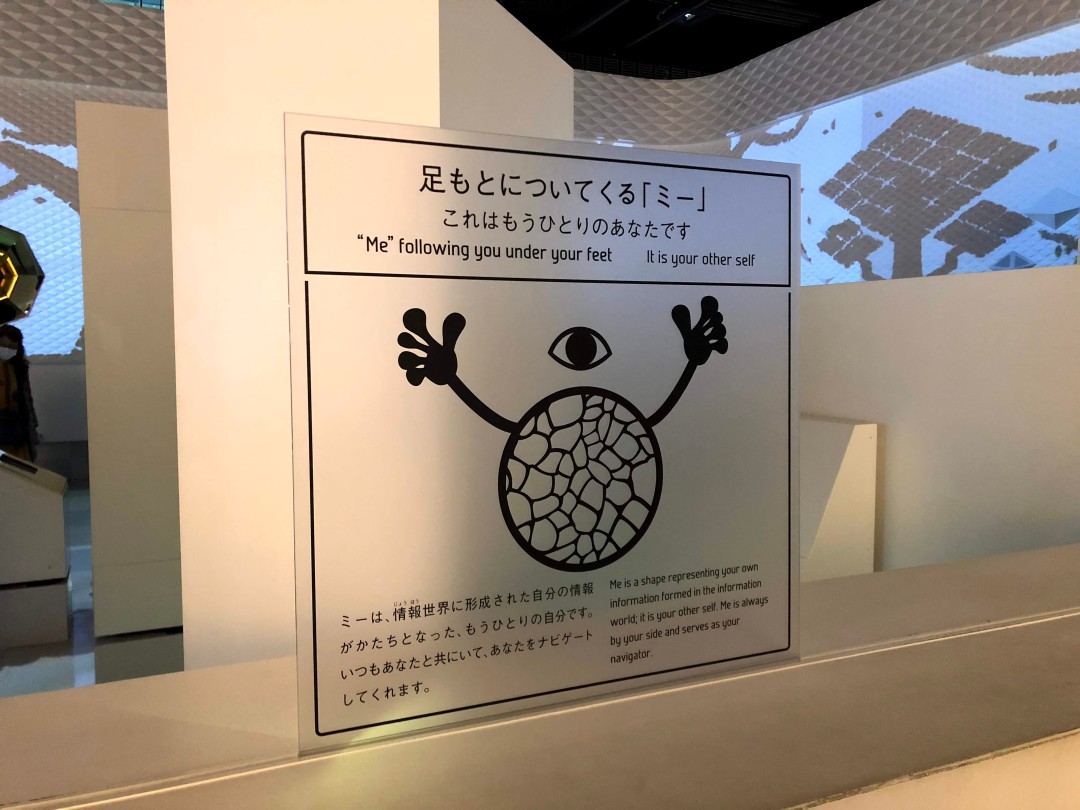
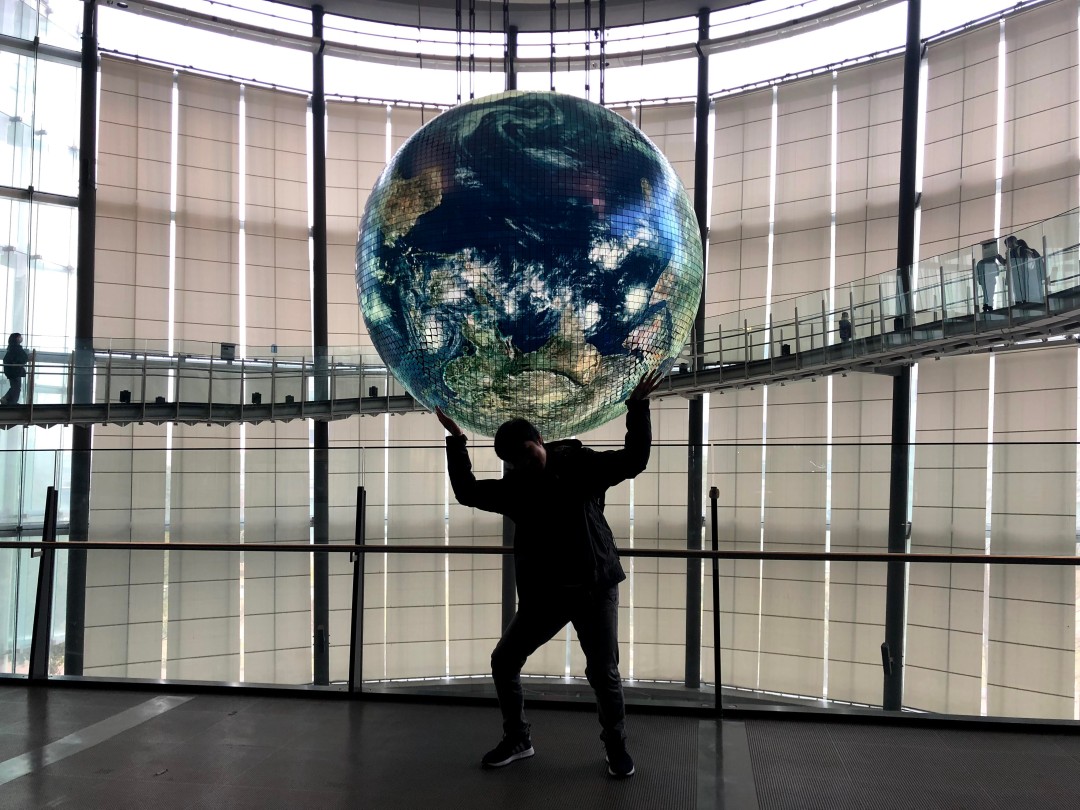
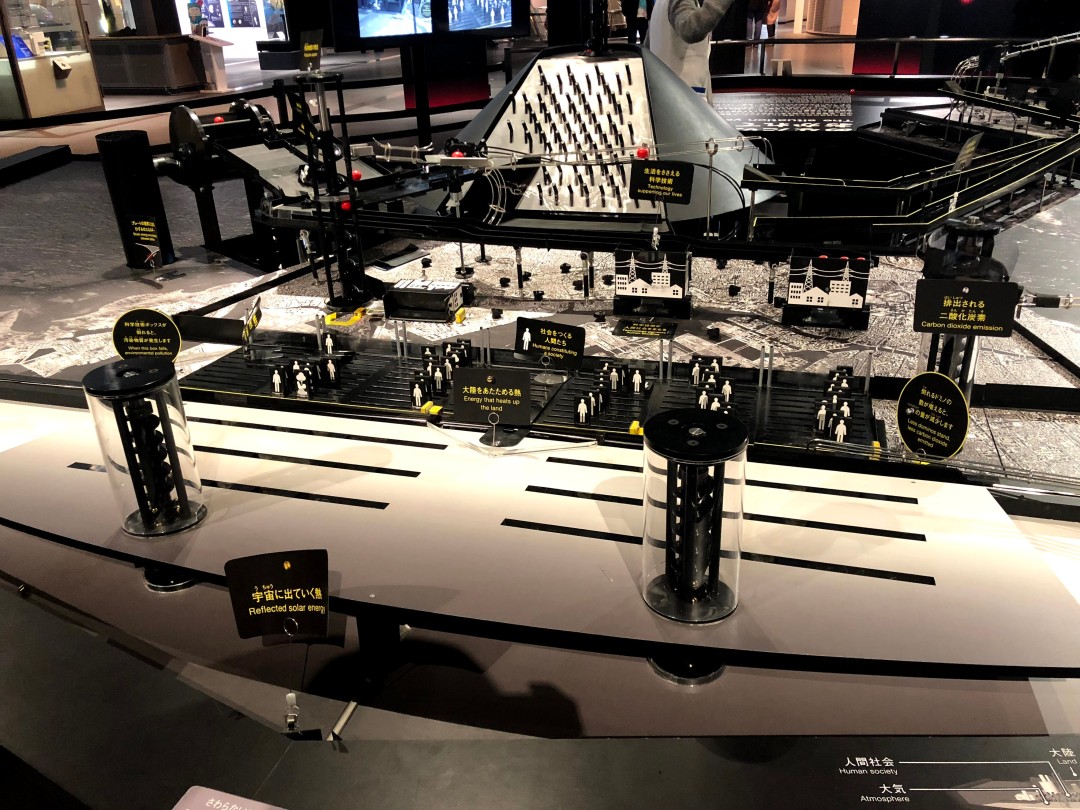
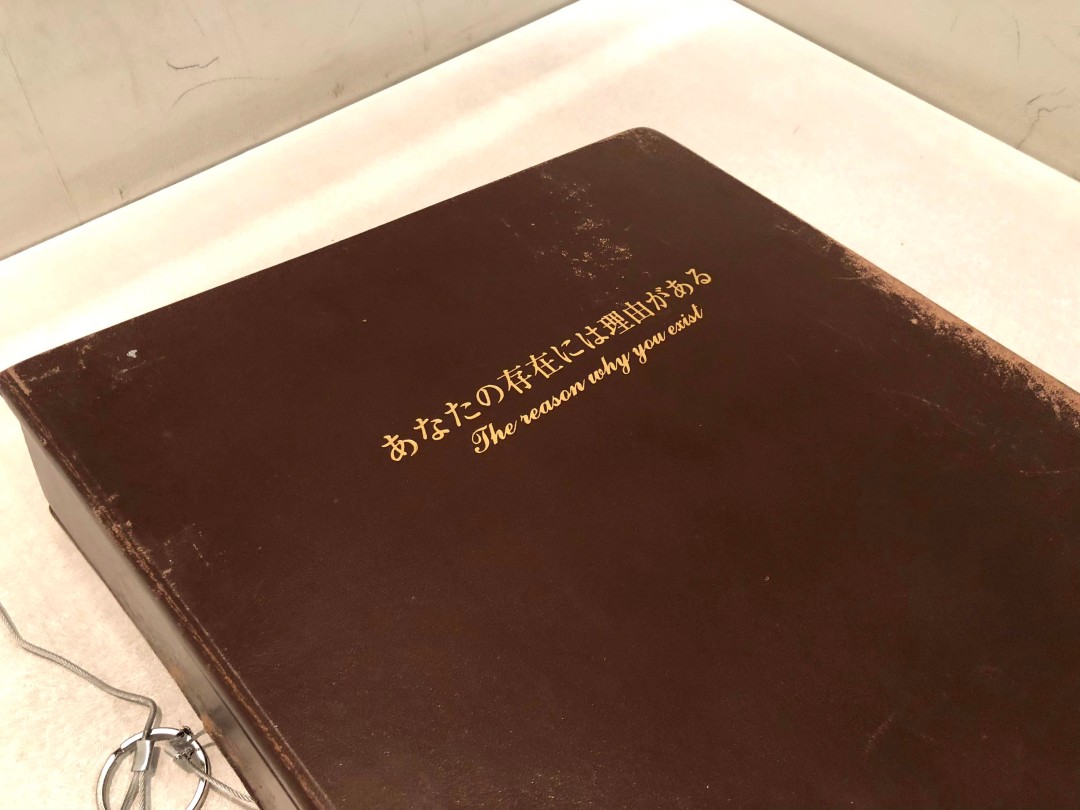
You must be logged in to post a comment.